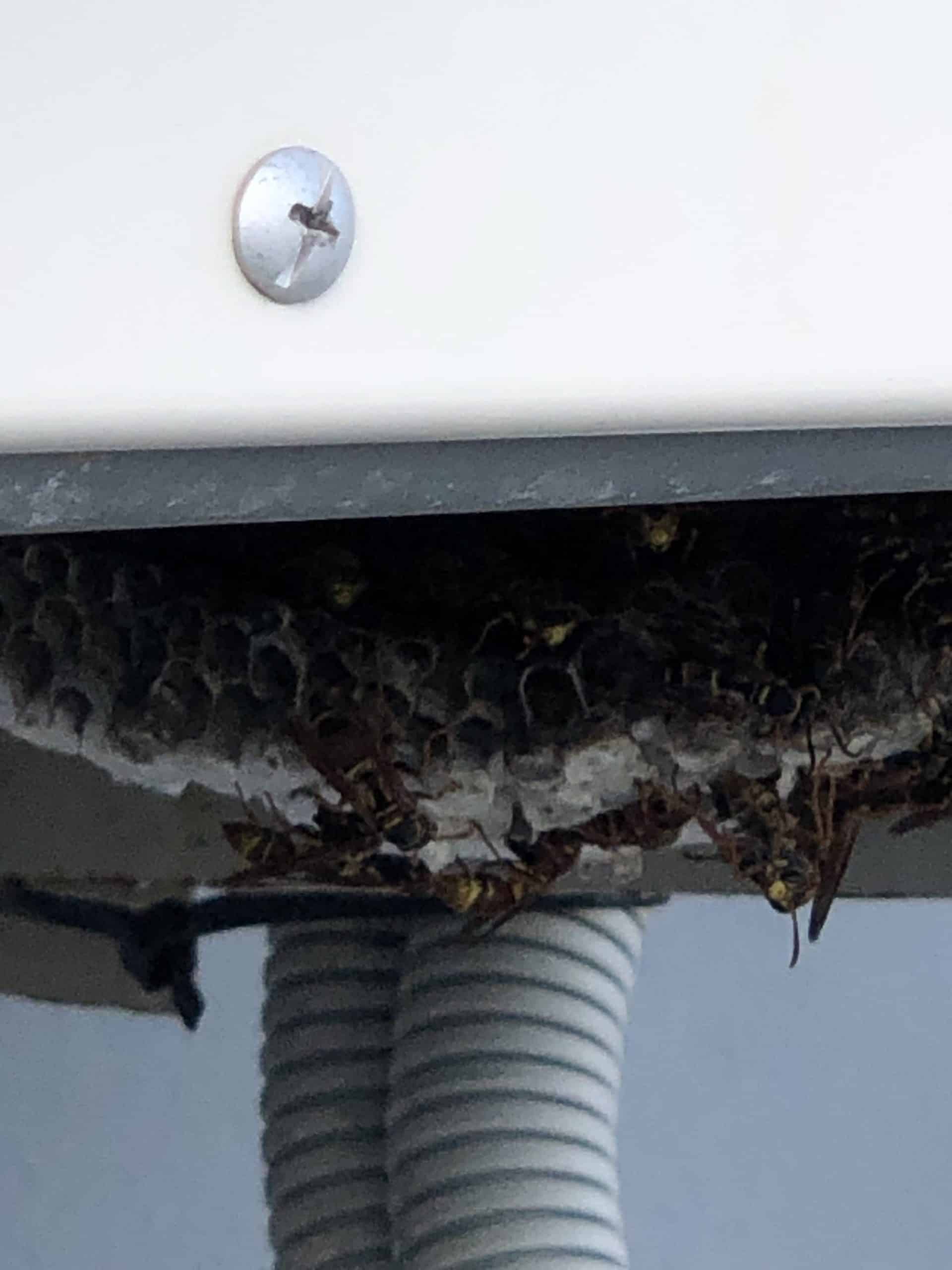If you live on the Gold Coast or in Tweed Heads, you might be forgiven for thinking that termites are the only wood-eating bug. Termites are so feared and so prevalent in our area that sometimes we forget what else lurks in our homes. Like termites, wood borers have an appetite for timber. And like termites, they can do extensive damage to our homes.


Wood borers are beetles that live mainly in coastal areas of Australia. As part of their reproductive cycle, they lay their eggs in timber. They’re especially fond of antique furniture and old timbers (but this is highly species-dependent). They may bore into the timber or use cracks and crevices to lay their eggs into it. When they hatch, the juvenile timber borers will live inside the timber, using it for home and sustenance. The juvenile wood borers can spend years inside you timber. It’s during this period that they are most destructive. During this time they are using your timber as their only food source. They are, therefore, continually eating your timber. When they are ready to mature, the wood borers dig their way to the surface and fly away.
As you may have gathered from the section above, termites and wood borers are vastly different. The termite is a small ant-like creature (not actually related to ants at all though) that eats timber and builds nests in it. A termite can live it’s entire life in a wall cavity or a termite nest nearby, moving back and forth between you home and the nest to take food to the queen. They do have a lot in common though. Both will eat timber. The termite can be much more destructive. But that’s not to say the borer can’t be destructive. They can also both grow wings and fly away. For the wood boring beetle, metamorphosis is part of the lifecycle. When they are old enough, they grow wings and leave the timber they grew up inside. For termites, it’s not a necessary step. Only if a colony becomes too large, termites will swarm. This means they grow wings and fly off to form another nest. These termites above have wings and are ready to fly away. They don’t do this as individuals though. The termite is a social animal and it’ll only do this as a swarm. For example, half the colony might grow wings and fly off at the same time. Wood borers will grow wings and fly off individually.
Wood borers have picky appetites. The different species seem to prefer different timbers. We know that they have a prediction for older timbers and this often shows up in antique furniture. This is often seen as in a series of small holes where the wood borers have exited. You can see in the floorboards shown below the series of tunnels and exits holes. Often it is those holes that are the only visible sign of borer activity. Those holes that you can see below are the exit holes we’re spoken about.
Local to the Gold Coast and Tweed are the Australian Pine Beetle. We also have introduced “furniture beetles” in our area. Coming from Europe term “furniture beetle” is an umbrella term for beetles that eat wood. As we mentioned above, they often have a predilection for antique furniture, hence the name. There are about 1,100 species of wood eating beetles around the world. Australia has about 200 but only 4 are pests in our area.

This beetle is native to south-east Queensland. It like to eat hoop pine but can be a nuisance around the home. Since it mostly only enjoys hoop pine you’re unlikely to be bothered by this pest if you don’t have hoop pine furniture or floorboards. Like termites, it can eat timbers in a way that leaves them looking in good shape. But below that, the timber is hollow and brittle. If you have hoop pine in your home, you can protect it by painting it or polishing it with wax or varnish.

The common furniture beetle is an introduce species. As an introduced species, it has brought it’s preferred diet with it. It mainly likes non-native pines as its source of food. While found on the Gold Coast, it mainly prefers cooler regions like south-east Queensland like the Darling Downs. These beetles leave the classic 2mm holes often associate with wood borer activity. If you see a series of small holes in timber furniture, you’ll be assured it is the common furniture beetle. It doesn’t often eat framing and structural timbers but it can. It likes timbers that are 20+ years old.

This beetle is native to south-east Queensland. It like to eat hoop pine but can be a nuisance around the home. Since it mostly only enjoys hoop pine you’re unlikely to be bothered by this pest if you don’t have hoop pine furniture or floorboards. Like termites, it can eat timbers in a way that leaves them looking in good shape. But below that, the timber is hollow and brittle. If you have hoop pine in your home, you can protect it by painting it or polishing it with wax or varnish.

The powderpost beetle is wide-spread in Queensland. It attacks the sapwood of mainly hardwood timbers. It’s often found in milled sawn and milled timber. It can be carried from the milling to your home without it being noticed. The beetle is about 7mm long and leaves borer holes. As it prefers younger timbers, this beetle can enter into your home in new products and it will be these holes that first alert you to its presence. Check plaster work, joinery and sub-floor for the powderpost beetle activity.

This one is only present in WA at the moment. It can’t be eradicated so containment is the only other option. See the alert below from Business Queensland.


With wood borers, prevention is better than cure. For instance, if you have hoop pine, make sure it is kept sealed. Wax or polish it regularly enough to maintain a protective layer. For powderpost beetles, avoid using sapwood in your home. If you do have wood borers, a pesticide may be required. Borate based treatments can also be effective with some species. Talk to us about the relevant treatment for your beetles. We’ll help you identify and treat any wood borers you may have.
Wood borers are the larvae of various insects such as beetles and moths. The exit holes of various wood borers are sometimes confused with the holes of bark beetles. The best way to determine what kind of insect caused the damage is to look at the holes they left behind. Be sure to check the surrounding area of the exit hole for telltale signs of the insect, such as shed skins or frass (wood shavings, bark pieces, and other waste). The type of wood borer can be identified based on the size of the exit holes, the color of the wood around the holes, and the type of damage caused.
Prevention is the most effective way to protect trees from wood borers. You can prevent borer damage by following these simple steps:
Wood borers are often found in structural trees such as those that are planted along a sidewalk or street. They are usually found in trees that are unhealthy and stressed. They may be attracted to areas that have poor air circulation. If a tree has a wound or disease, the wood borer can attack the weakened area. The best way to prevent damage to trees near sidewalks and streets is to keep them healthy and vigorous. This can be done by watering trees during droughts and fertilizing them every spring. Trees should be pruned every few years to remove dead branches and encourage new growth. If a tree is infected by a disease or has a wound, it should be removed as soon as possible.
Unlike structural trees, most ornamental trees are in healthy soil and receive regular care. However, wood borers are not always avoidable. If you notice a decrease in the tree’s health, it may be an indicator that wood borers are present. Signs of a wood borer infestation may include:
Wood borers are common insects that can cause serious damage The best way to prevent damage is to keep your home safe is to prevent them from. If you notice any signs of wood borer damage, it is important to take action quickly. Early detection and treatment is the best way to prevent further damage.
You can see that our work is always interesting, from possums to snakes, ants and termites. (We don’t deal with snakes. You’ll need a snake catcher for that. But we did run into one recently.) We hope you can see from these images the depth of our services and get an idea of the people who work behind Zapem Pest Management. We’re working to be more than just a pest controller who zaps insects and moves on. We care about our work and hopefully it shows.
Fully Licenced and Insured, Family Owned & Operated – servicing South East Queensland & Northern New South Wales.

Family Owned & Operated